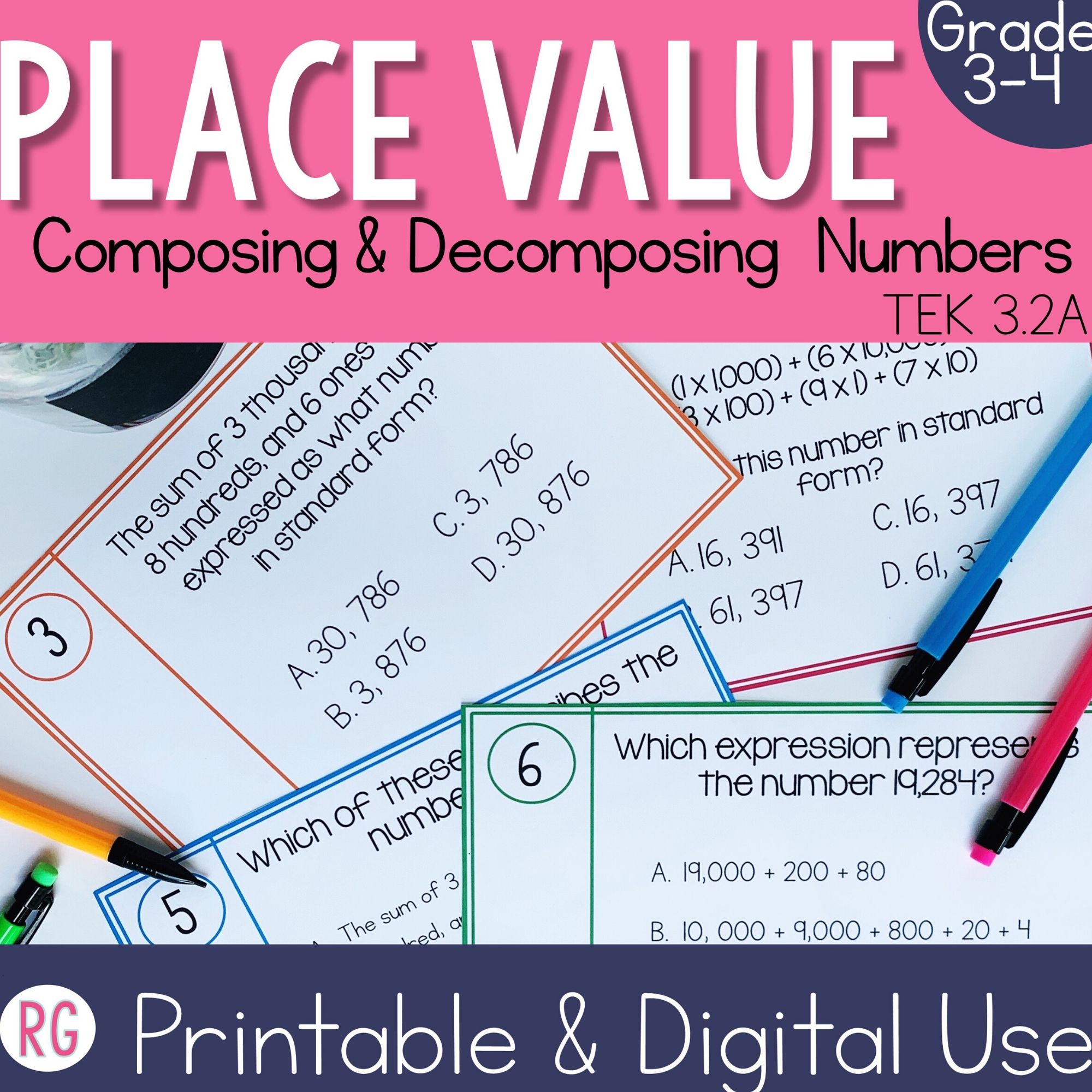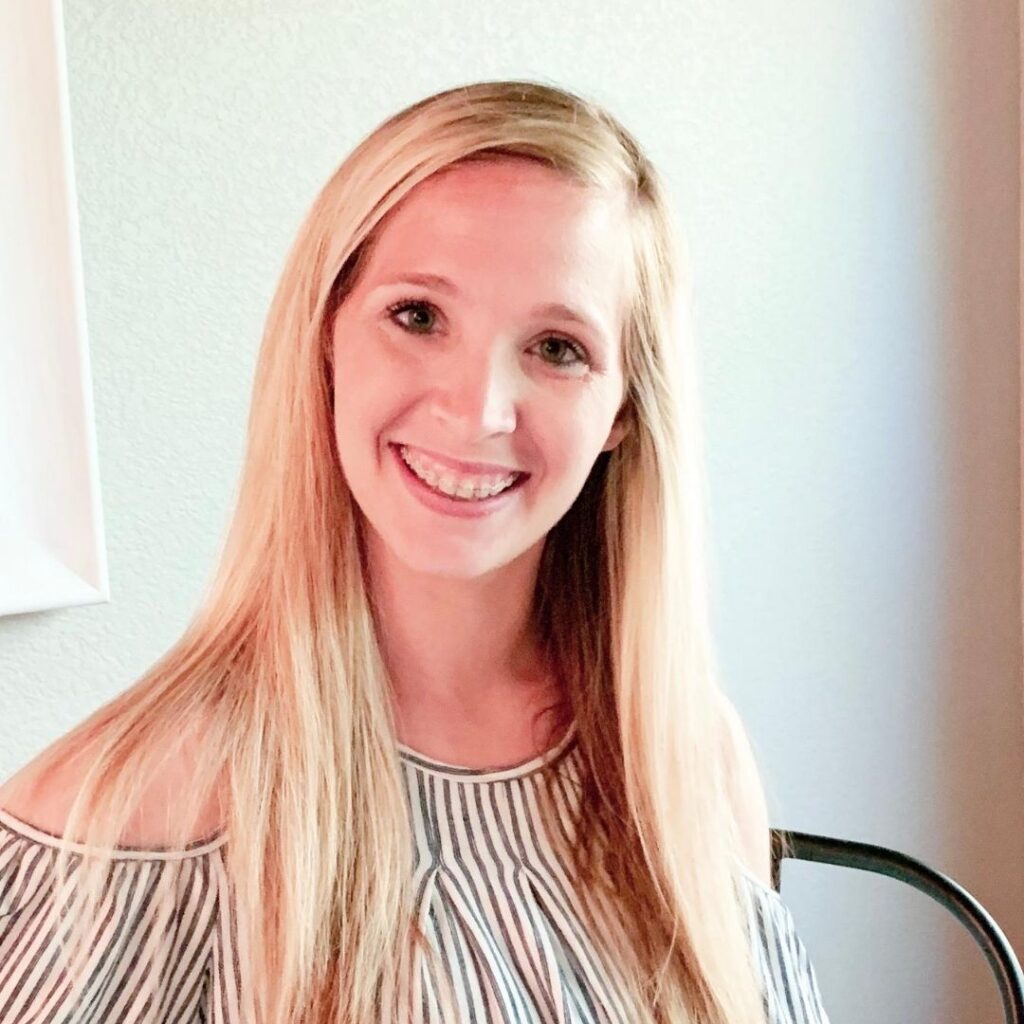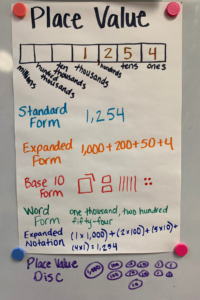 Place Value in Math can often seem like a daunting task as a teacher. Why? Well, it seems like our students come in missing the basics of place value, even though we know their teachers before then taught them. Honestly, I see this same thing happen with word problems, which is why I teach you how to create your own numberless word problems so that you can start developing those word problem skills that your students will need year after year.
Place Value in Math can often seem like a daunting task as a teacher. Why? Well, it seems like our students come in missing the basics of place value, even though we know their teachers before then taught them. Honestly, I see this same thing happen with word problems, which is why I teach you how to create your own numberless word problems so that you can start developing those word problem skills that your students will need year after year.
I have discovered one of the reasons I think so many students “forget” or “don’t know” place value in math is because they are typically taught it in the beginning of the year and sometimes it is not spiraled, or at least spiraled enough. Throughout my years of teaching, I have noticed a pattern with the things that students forget at the beginning of the year were things that were generally taught at the beginning of their scope and sequence in their previous grade.
What is standard form in Math?

The first thing we need to identify is what is standard form in math. Standard form in math is basically the way we see numbers on an everyday basis. Numbers in standard form are numbers like 2,540 and 541. Standard form in math is honestly the easiest of all the forms because they have seen this form since they were in preschool.
What is base 10 block or picture form?

I love base 10 blocks in place value because base 10 blocks take things back to the basics and help students visualize the number. Students already come in struggling with what each place value represents, so having something concrete helps them internalize the knowledge. To practice base 10 form, I first give them a key. I do this because sometimes previous teachers might have allowed them to draw the blocks however they want but in third grade, it is important to be able to tell the difference between a ones cube and a hundreds cube.
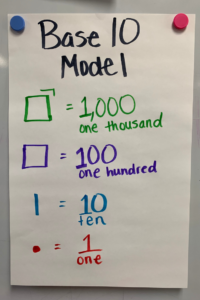
After we have our key drawn then we start practicing. I simply give them a set of base 10 blocks and and write a number on the board for them to build with the base 10 blocks. After they build a few with the base 10 blocks, I then take them away and they draw them instead. We do a few more examples on their desk and then end with an exit ticket (you can download the exit ticket for free at the bottom of this post) showing they can draw place value blocks for any given number.
What is expanded form in Math?

Expanded form is when the students write the value of each number based on which place the number is in. For example, if the digit 5 was in the hundreds place then it would be worth 500. If the digit 3 was in the tens place then it would be worth 30. We add this to our anchor chart with a few examples. Then we pull out the base 10 blocks again. This time when I give them a number they build it with their base 10 blocks and then write the expanded form above their blocks as shown in the picture below.
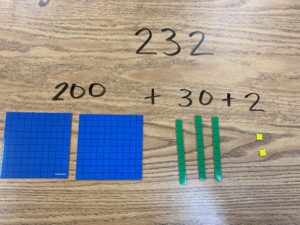
After a few examples, I take away the base 10 blocks and then they have to draw the base 10 blocks and write the expanded form as well.
What is word form in place value?
Written form or word form is where the students write the number using words. However, they say the word out loud in standard form they simply write that number using words. This is typically one of the easiest forms in place value because if they can read the number out loud, then they can write it down in words. They typically just struggle with the spelling of the worth eighty, forty, thousand, etc. We practice this form in conjunction with all the other forms, usually at the bottom of our paper or our desk.
An easy activity you can do for word form is give students index cards with different numbers written on them (forty, eighty, nine, two hundred, etc.) then call a group of students up with their cards. Have the class try to make a number with the cards, then they record that number on a whiteboard in standard form. After the number is written on their boards they can then show it in the other place value forms you have already studied. You can grab word form cards that are already created for you below.
What about place value disc?

Have you ever showed your students how to draw place value disc? I did not start teaching this until recently when I found out that they could actually show this to my students on our state test. Place value disc are like drawing place value blocks but just making them all circles and writing their value inside of the circle. On my chart, I ran out of room so I ended up just drawing it on the board. We practice this whole group, in partners and individually by drawing these on our desks, because I do not have place value disc manipulatives in my room.
To practice place value disc whole group you can assign each student a value of 1,000, 100, 10, or 1. Then ask them to make a number that you call out. For instance if you call out 2,342 then you need to have two students that have been given the number 1,000 stand next to each other. Then 3 students with the value 100 need to stand next to them, then add 4 students with a value of 10, lastly you will need 2 students with a value of 1 to join them.
Expanded Notation is the most challenging form of place value in Math, in my opinion.

This is one of the harder concepts because it uses parenthesis and multiplication signs while teaching place value in math. This, for third graders, seems tricky even though it does not need to be. In order to teach expanded notation, I ask the questions in this order. What digit is this? Then I write it down, then I say what place value is it in? Then write a multiplication sign and the number they say. I keep repeating this until I have gotten to the ones place. The short video below shows this better than any explanation I could provide.
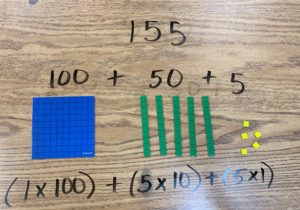
How have I made place value in math easier for you?
 Well other than giving you ideas and videos I have also created a packet full of the resources you need to implement these activities with your class. The packet includes the word form numbers, a short exit ticket for your students to show their knowledge of place value blocks, and the place value disc values for your class to use whole group. Grab these now!
Well other than giving you ideas and videos I have also created a packet full of the resources you need to implement these activities with your class. The packet includes the word form numbers, a short exit ticket for your students to show their knowledge of place value blocks, and the place value disc values for your class to use whole group. Grab these now!
Need test prep questions for composing and decomposing numbers?
I have these already created. This resource gives your students practice at composing and decomposing numbers. They will use their knowledge from all of these place value forms and apply it to test prep questions on composing and decomposing numbers.
It includes:
20 Questions on Composing and Decomposing Numbers
These 20 questions have been turned into a worksheet, station board game, task cards, and exit tickets. This resource has GREAT test prep questions and no matter what your style of teaching, there is an activity for you with 20 questions for each tested place value topic. You can use the questions in a Station, Whole Group, Tutoring group, or during intervention time!
This product also now includes a self-grading google forms option as well as a google slides version. They are still the same 20 questions but the great thing is you can use the same questions in a face to face classroom that you can digitally as well. No worries if your school does not have or use google classroom because you can use Google Forms no matter what grade level you teach. You can find all the digital directions inside this resource.
It covers TEKS 3.2A and Common Core standards 4.NBT.A.2
Need a Whole Place Value in Math Bundle?
I have a whole place value unit available for all of our tested place value in math standards. Check out this post to learn about all the activities you can do for place value and the resources available to you.
Here is a bundle of all the place value test prep questions. Click here or on the picture.
This resource has GREAT test prep questions and no matter what your style of teaching, there is an activity for you with 20 questions for each place value topic. You can use the questions in a Stations, Whole Group, Independent Work, Tutoring group, or during intervention time!
TEKS Covered:
3.2A Composing and Decomposing Numbers
3.2B Base 10 Relationship (10 times greater)
3.2C Representing and Rounding Numbers on a Number Line
3.2D Comparing and Ordering Numbers
3rd and 4th grade Common Core Standards Covered as well
3.NBT.A.1 3.NBT.A.3 4.NBT.A.1 4.NBT.A.2 4.NBT.A.3


